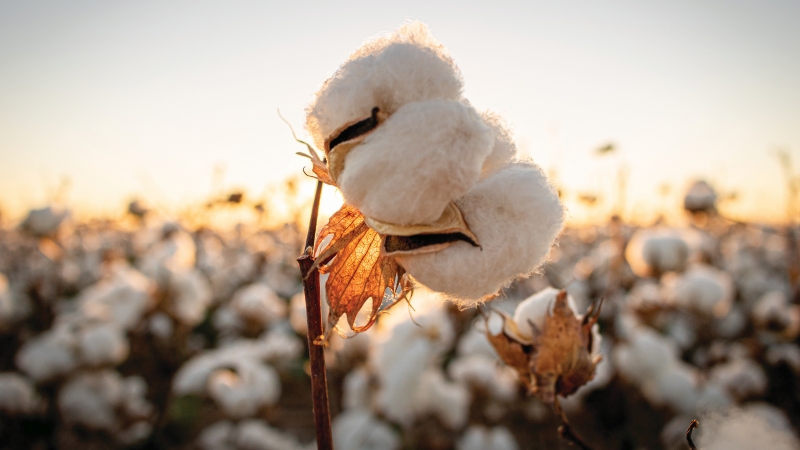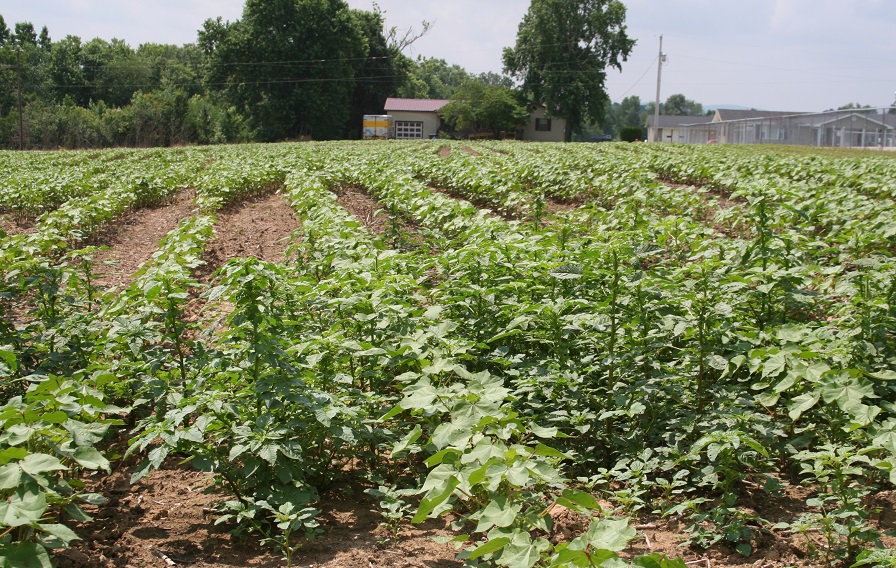Indian Exports Grow As Production Outpaces Consumption
Cotton has a special significance to the textile industry of India since it accounts for nearly 60% of our fiber consumption, compared to a world average of around 38%. It also has a lot of economic and social significance for the country, as more than half of our population is dependent on agriculture, and cotton is one of the country’s largest agricultural crops.
Sixty years ago, there was an unfair exploitation of our cotton which used to be bought from the farmers at low prices, taken to Europe and converted to fabrics which were brought back and sold in India at exorbitant prices.
All this has changed now. In fact, the cotton economy of India has gone through a revolution during the last few years, and this improvement is reflected in trade data.
Production and Consumption
With a significant increase in spinning capacities during the early 1990s, we had entered an era of consuming more cotton than we could produce. In 2000/01, we produced 2.38 million tonnes and consumed 2.94 million tonnes. The trend remained more or less unchanged for the next couple of years, necessitating large imports. In 2003/04, production recorded a marginal increase over consumption and ever since, we have a steady increase in consumption and, at the same time, an increasing surplus in production over consumption. In 2007, India produced 4.76 million tonnes with consumption at 4.00 million tonnes. In 2007/08, production is estimated at 5.27 million tones, with consumption having a marginal increase over the previous year.
Bt Cotton
Genetically modified seeds have had a major role in the substantial increase of cotton yield in India during recent years. Bt cotton seeds were introduced in the country in small quantities in 2002. There was a dramatic increase in demand for Bt seeds in the subsequent years and by now, more than 50% of the area under cotton in the country is covered by Bt seeds, as per official estimates. According to industry estimates, 75% will be nearer the mark.
Cotton prices in India have recently been competitive compared to international prices. However, when compared to the prices that prevailed in the country in the past few years, the current prices are high. Coupled with a significant increase in yield, cotton has become more remunerative to farmers. Since other competing crops do not fetch the level of income that cotton has been providing to farmers, the area under cotton has been improving, in spite of the limitations of land availability.
Yield and Trade
The improvements in the cotton economy, especially a sustained increase in yield and prices and the resultant improvement in the income of cotton farmers, have been attracting more and more farmers to this crop, thus increasing the area under cotton. The overall improvement in the cotton economy has now positioned India as a significant exporter of cotton. We were sourcing about 15% of our cotton needs from abroad just five years back. But in 2006/07, we exported over 20% of our production, or about one million tones. Exports during the current year are expected to increase further, and cotton imports are now negligible.
The International Scenario
Currently the international cotton situation is one of increasing consumption and declining production. The trends in the textile and clothing industry during the current decade show that production is increasingly shifting to Asia. An illustration of this situation is available from the U.S. import figures. Between 2003 and 2006, U.S. imports of cotton-based textile products increased by 21.56%. During this period, China registered an increase of 131.68% in the U.S. market for cotton products, India 54.86%, Bangladesh 52.78%, Pakistan 46.33% and Indonesia 59.68%.
It is clear that the increase in cotton consumption in the coming years will not only be in China and India, both of whom will of course continue to need huge stocks for meeting their domestic and international commitments.
Countries like Bangladesh, Indonesia, Vietnam and Cambodia, which have impressive growth in export of cotton-based textile products, are emerging markets for cotton consumption. None of them has any significant cotton production, whereas most of them have a growing spinning industry. Obviously, a lot of cotton trade will continue within Asia in the future.








